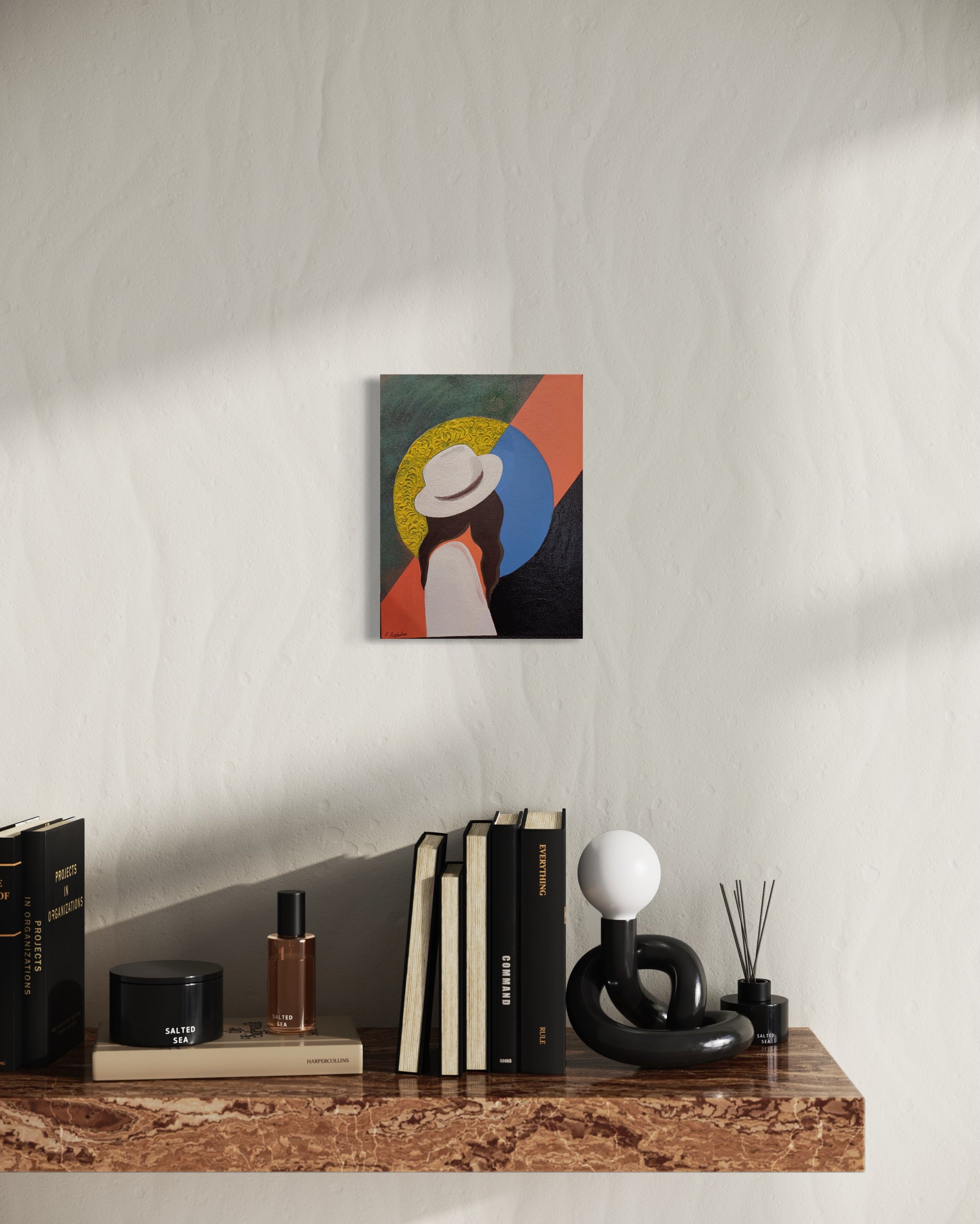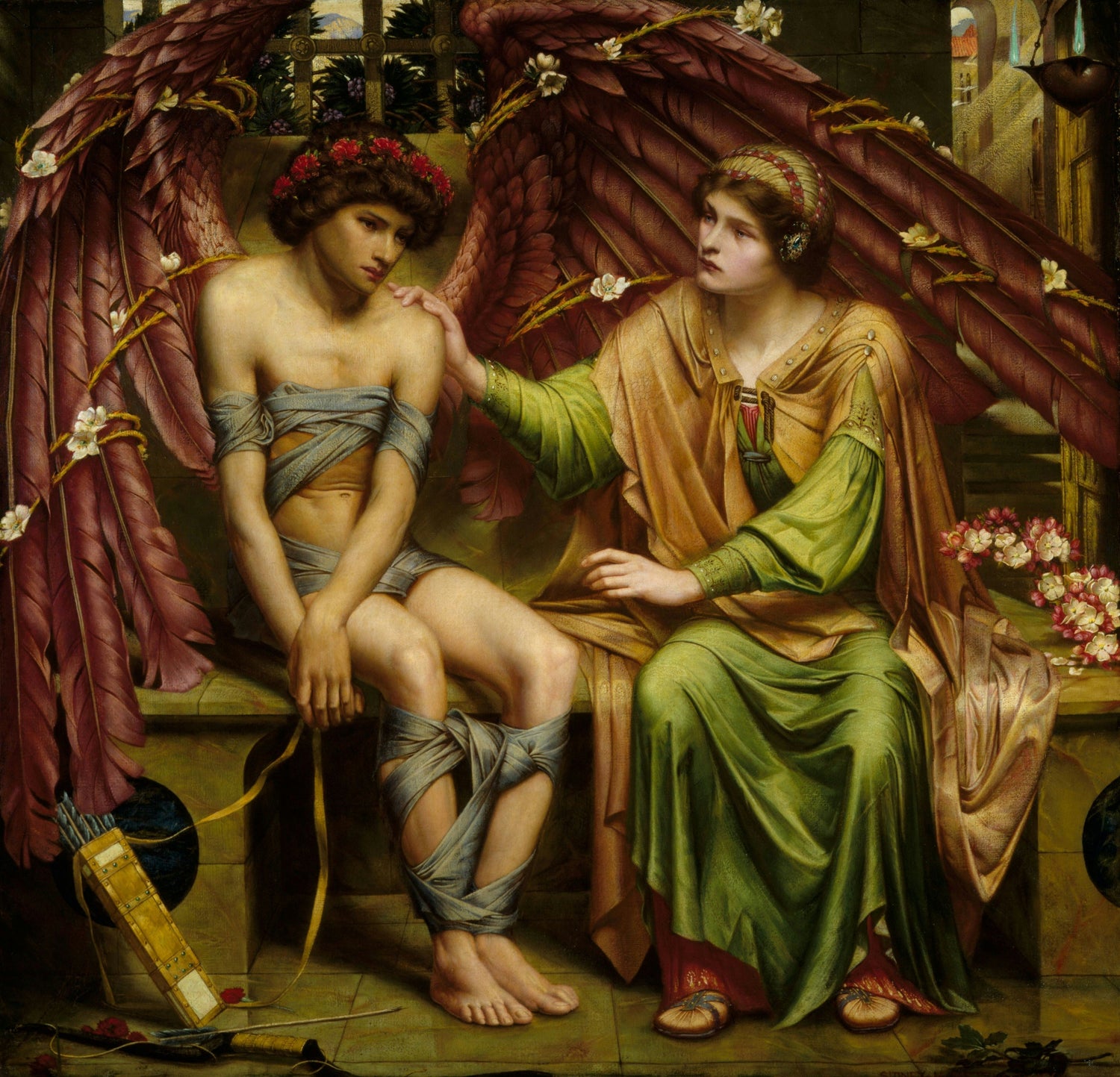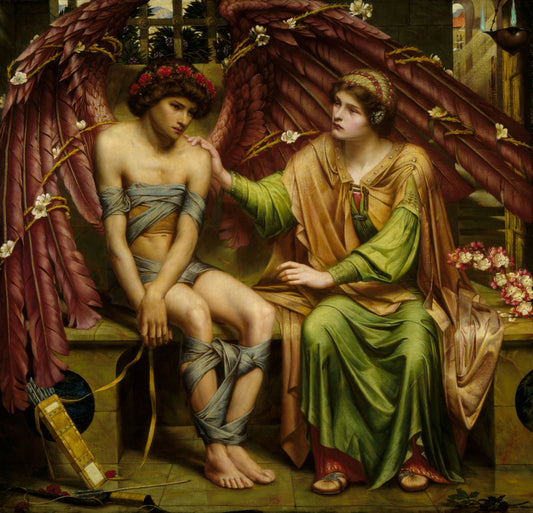Art has long been intertwined with the economic fortunes of civilizations. From the grandeur of Renaissance patronage to the speculative booms and busts of contemporary art markets, artistic production and its valuation are deeply influenced by economic cycles.
As major world economies oscillate between growth and crisis, art serves as both a barometer of financial well-being and a resilient asset class that often adapts to changing conditions.
This article explores the relationship between art and economic crisis cycles in key global economies, analyzing how financial downturns impact artistic production, the art market, and investment trends. We will examine historical examples, investigate contemporary market dynamics, and consider the role of art as an economic refuge.
The Relationship Between Art and Economic Cycles
Economic cycles consist of periods of expansion, peak, recession, and recovery. The art market, though influenced by different factors than traditional financial markets, tends to follow these broad trends.
Boom Periods: Art as an Investment Asset
During times of economic growth and financial prosperity, disposable income rises, and high-net-worth individuals increase their investment in luxury assets, including art. Art fairs flourish, auction records are shattered, and blue-chip artists become highly sought after. The post-war economic boom of the 1950s and 1960s, for example, saw a surge in art patronage and museum expansion.
Economic Downturns: A Double-Edged Sword
When financial crises hit, the art market can experience both contractions and surprising resilience. While discretionary spending on art may decline, leading to lower auction sales, certain art categories—such as works by established masters—can become safe-haven investments. The 2008 financial crisis saw a temporary dip in art sales, yet by 2010, auction houses rebounded with record-breaking sales.
Historical Case Studies of Art During Economic Crises
The Great Depression (1929–1939)
The Great Depression led to a severe decline in disposable income, affecting art markets worldwide. Galleries closed, and many artists struggled financially. However, this period also saw the U.S. government’s New Deal programs, such as the Federal Art Project, which provided employment for thousands of artists, fostering a new wave of American creativity.
The 1973 Oil Crisis and Stagflation
The 1973 oil crisis triggered a period of high inflation and economic stagnation, affecting global markets. In response, many investors turned to tangible assets like gold and art as a hedge against inflation. This era saw a rise in art investment funds and the establishment of contemporary art as a serious asset class.
The 2008 Global Financial Crisis
The 2008 crisis, triggered by the collapse of Lehman Brothers and the subprime mortgage bubble, led to significant volatility in global markets. Art auction houses initially suffered, with a drop in sales volume. However, by 2010, the market rebounded, driven by demand from emerging economies, particularly China, and the growth of online art sales platforms.
How Different Economies React to Art Market Crises
United States
As the world's largest art market, the U.S. experiences pronounced fluctuations tied to Wall Street’s performance. During recessions, American collectors often shift their focus to blue-chip works and emerging markets, while philanthropic funding for museums and cultural institutions tends to decline.
European Union
The European art market is heavily influenced by governmental support for the arts. During crises, public funding often cushions the blow for institutions and artists. However, private art investments typically slow down during economic downturns.
China
China has rapidly become a major player in the art world. Economic slowdowns in China tend to trigger shifts in collecting behavior, with investors prioritizing historical and traditional works over speculative contemporary art.
Emerging Markets
In countries with emerging economies, economic crises can lead to reduced art spending, but they also create opportunities for local artists to gain international recognition. As the demand for affordable art grows, emerging artists often gain prominence.
The Role of Technology and Alternative Art Investments
The digital transformation of the art market, particularly during economic crises, has helped sustain interest in art investments. Online platforms, blockchain technology, and fractional art ownership have made art more accessible to a broader range of investors.
Conclusion
The relationship between art and economic crises is complex, marked by cycles of decline and resurgence. While financial downturns pose challenges for artists and the art market, they also offer opportunities for resilience and reinvention. By understanding these cycles, collectors, investors, and cultural institutions can navigate economic uncertainties while continuing to support and engage with the world of art.
Image credits: Unsplash - Birmingham Museums





